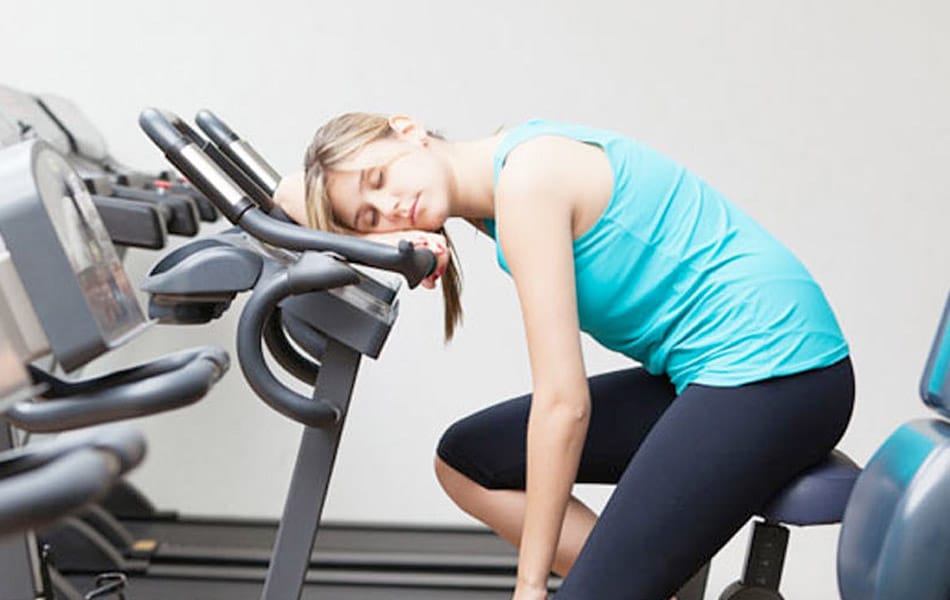It is well documented that regular exercise plays a crucial role in maintaining good health and preventing chronic disease. While regular exercise is key to maintaining a healthy lifestyle, overtraining or exercising too aggressively can also negatively affect people’s physical and psychological health.
Nonfunctional Overreaching (NFO) and Overtraining Syndrome (OTS) are two internationally recognised conditions that can occur when excessive exercise is combined with inadequate recovery. NFO and OTS may be more commonly referred to as burnout, staleness, failure adaptation, under-recovery, training stress syndromeand chronic fatigue. The European College of Sport Science classifies NFO as intense training leading to a performance decrement that may last from weeks to months.

Cause of OTS
The most obvious cause of OTS is increased training loads without adequate recovery periods. Other potential triggers which have been identified in the scientific literature include:
- training monotony
- excessive competitions in a particular sport or sports
- sleep disturbances
- personal life and occupational stress
- previous illness
- altitude exposure, and
- heat induced injuries i.e. heat stroke.
Signs of OTS
An exact compilation of signs and symptoms to define OTS has yet to be agreed on, however there are some common signs and symptoms reported in literature which include:
- unexplained underperformance,
- persistent fatigue,
- increased rate of perceived exertion (RPE) when training, and
- sleep disorders i.e. insomnia.
Overtraining or exercising too aggressively can negatively affect people’s physical and psychological health.
Other strategies that may assist with recovery include:
- Cold-water immersion – 10-15 minutes at 10°C
- Cryotherapy – application of ice packs or immersion in ice baths
- Contrast water therapy (alternating hot and cold water immersion) – 2 minutes in hot water (37-40°C) alternating with 1 min in the cold (10- 12°C). This process can be carried out in a spa and plunge pool or in the shower.
- Compression garments – research into the use of compression garments is becoming more prevalent. Some studies suggest improved power output, lactate clearance and venous return when wearing compression garments during and after exercise. However when reviewing all scientific literature, on balance, compression garments do not convincingly enhance recovery.
- Massage – the vast majority of literature suggests massage makes us feel good yet doesn’t actually assist with physiological recovery.

As mental fatigue however can contribute to NFO and OTS, massage can be an important method of recovery in this sense. To conclude, NFO and OTS are conditions that will significantly affect your client’s athletic performance. It is important exercise professionals know the signs of NFO and OTS and refer their client(s) to a physician if there are concerns. To prevent OTS ensure training programs are periodised, contain a variety of exercises, and most importantly, are individualised.
Encourage clients to include recovery strategies in their training programs to maximise training adaptations i.e. muscle growth or enhanced aerobic capacity. Sleep and nutrition are the two most important recovery strategies to implement, however supplementing these with other strategies will contribute to enhancing a client’s athletic performance.
What recovery strategies have evidence and efficacy for use? Many processes and products may assist recovery from exercise, promote adaptation and assist in preventing NFO and OTS. First and foremost, sleep is the most important part of the recovery process.

Good sleep provides a number of physiological and psychological benefits such as assisting with muscle growth and repair and consolidating memories. Good nutritional practices will also assist with training adaptations, particularly for muscle growth, repair and glycogen restoration, along with all essential metabolic processes. “To prevent OTS ensure training programs are periodised, contain a variety of exercises, and most importantly, are individualised”
Dr Kate Pumpa is an Assistant Professor in Exercise Physiology at the University of Canberra. She is also an Accredited Sports Dietitian, Accredited Exercise Physiologist and has been a group fitness instructor and personal trainer for the last 12 years.
Read the full article in the September 2012 reps Magazine.
Train smart and Eat Healthy Everyone!







